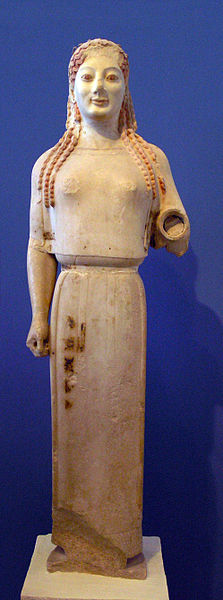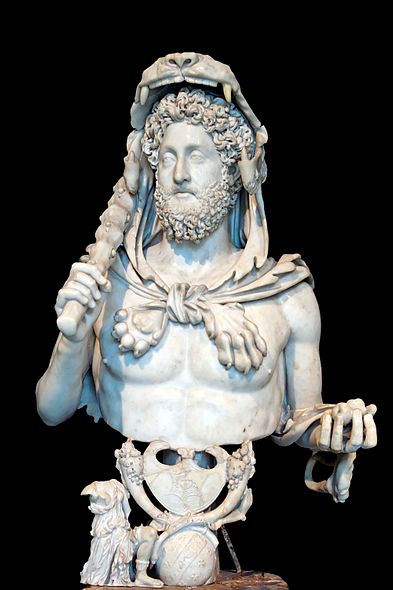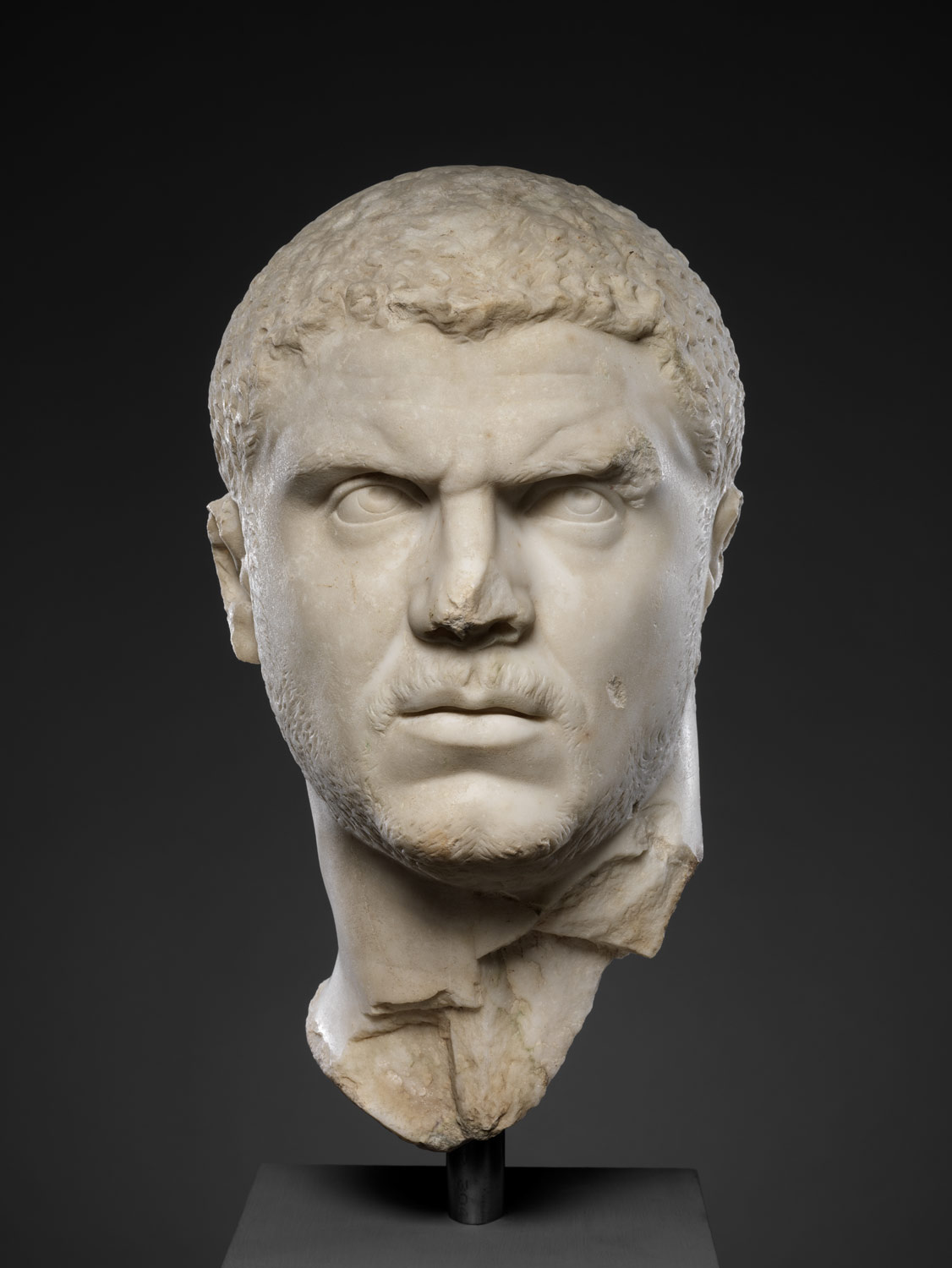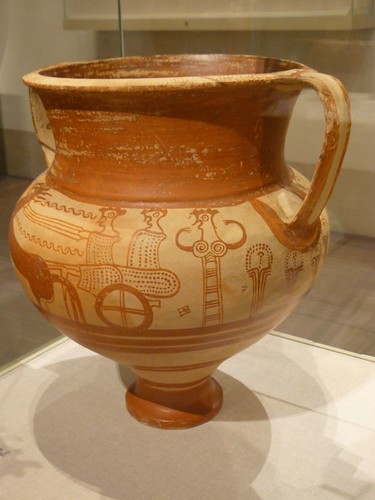I really enjoyed learning about both Greek and Estrucan art this quarter. Greek history was something that I have always been interested in and studied a lot during school, so I was interested in actually learning about the artwork for the period. Estrucan art on the other hand is something that was totally new for me, all I had learned about the Estrucans was that they were the predecessors to the Romans, but did not know anything about their history or artwork. In school we had always gone over the Greeks and moved straight into the Romans barely even mentioning the Estrucans. Learning about Estrucan art gives me a better understanding of their culture but also serves as a bridge between Greek and Roman art.
Specifically in Greek art, I enjoyed the new viewpoint I gained about the actual appearance of Greek art. The idea that Greek art was plain and simple was a viewpoint I had always held, but this was shattered. The “Peplos” Kore really illustrates what color can do for the piece. My reaction to the piece is totally different in its form of color. The premade idea I had of Greek art turned out to be untrue, and I even felt a little uneasy with the colored Greek pieces. The same came with the piece depicting the archer. Looking at the plain form, I would have said it looks like a perfect example of simplified Greek art. However, taking a look at the reconstruction, I am greeted with a mass of colors which throw off my interpretation of the piece all together. The initial reaction of the use of color is off putting to me, it takes a bit to process and analyze. The discussion of Wincklemann and his promotion of pure and simple Greek art helped with the accepting of the colored pieces. I actually got a little mad with the result of Wincklemann altering my understanding of Greek art to actually be false. It was nice to be able to learn about how Greek art really was, not just the interpretation of what it should be.
Etruscan art on the other hand was something I had known nothing about coming into this class, so I was interested to see what it was all about. The most interesting part of Etruscan artwork I found was the change in tone which occurred in tombs. For example, the tomb of hunting and fishing depicts a very upbeat outlook. It consists of a very naturalistic viewpoint; it was interesting to see how quickly this outlook changed. The “tomb of the blue demons” sheds light on this change presenting a very different outlook. The artwork seems very dark, and I was surprised to see forms of demons and serpents present. The relation to these changed in the pieces of artwork and the downfall of the Estrucans was something I found very interesting. I liked the fact that with time the artwork even changed with the climate the culture was in. Another piece of Etruscan art which really caught my eye was the “Tomb of Reliefs”. The amount of detail use with all of the tools and items painted or carved into the tomb is pretty surprising. It seems to be very thorough with having all the necessities present for one to bring to the afterlife. It even reminded me of Egyptian pyramids, and all of the material sent with one to the afterlife. Overall I found Etruscan art very unique with its tombs, not only with the detail but also the tone of the artwork that changed.








